You’ve probably noticed your cat making demands at the most inconvenient times. Whether it’s that persistent meowing at six in the morning or those haunting yowls at midnight, cats seem to have mastered the art of vocal manipulation. Yet the most fascinating part of feline communication happens in complete silence.
While your cat certainly knows how to work their vocal cords when they want something, they’re actually engaging in a complex conversation with you every moment of every day through subtle body movements, facial expressions, and behaviors that speak volumes without making a sound. These wordless messages reveal everything from their current mood to their deepest feelings about you and their environment. Understanding this secret language can transform your relationship with your feline friend and help you respond to their needs before they resort to those demanding meows.
The Silent Symphony of Tail Position
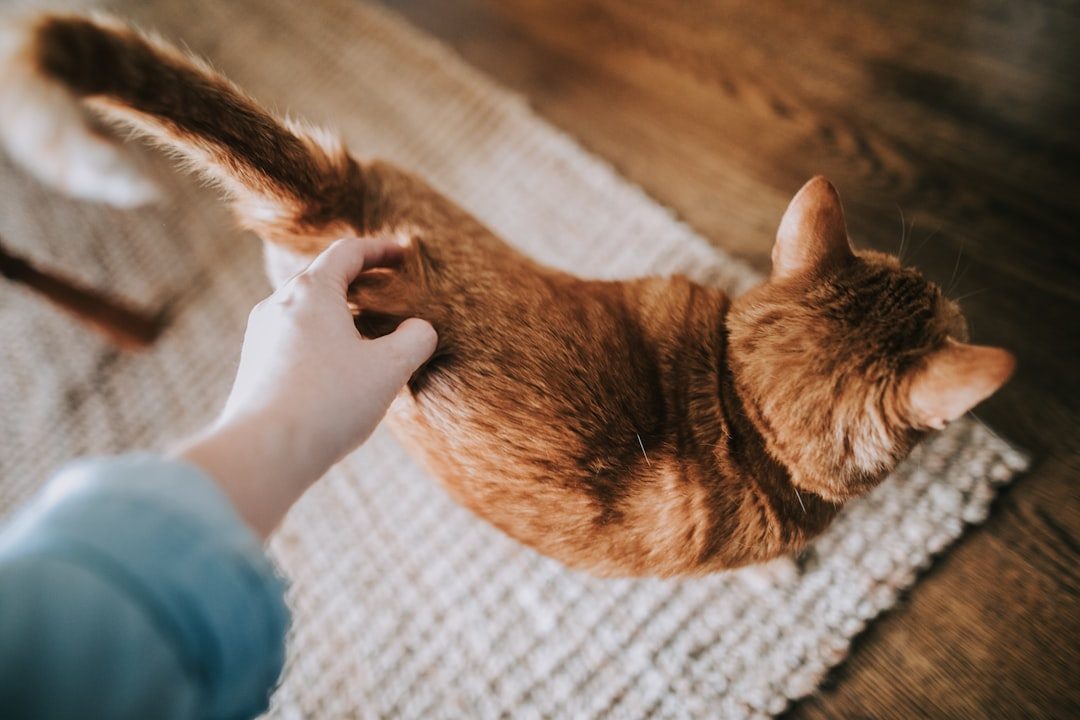
A cat’s tail is a powerful communication tool, and each tail position conveys distinct messages. Your cat’s tail acts like an emotional barometer that’s constantly broadcasting their feelings to anyone who knows how to read it. When your cat approaches you with their tail held straight up like a flag pole, they’re essentially giving you the feline equivalent of a warm handshake and a smile.
The height and position of that tail tells a story that changes throughout the day. An erect tail is usually a sign of friendliness, and a tail that is up but hooked at the tip may mean cautiously optimistic. If you notice a slight quiver in that upright tail, your cat might be experiencing intense happiness or excitement about something, though it could also signal they’re preparing to spray. However, an upright tail that’s all puffed out like a bottle brush means your cat is feeling threatened and trying to appear larger.
Typically, the lower the tail, the less happy the cat. If the tail is between the legs, the cat is showing submission, and it could be an attempt to protect the belly and/or keep the tail away from injury. When you see your cat’s tail held straight out with side-to-side movement, they’re likely focused intensely on something, whether it’s a toy, prey, or even preparing for a confrontation.
Whisker Wisdom and Facial Expressions
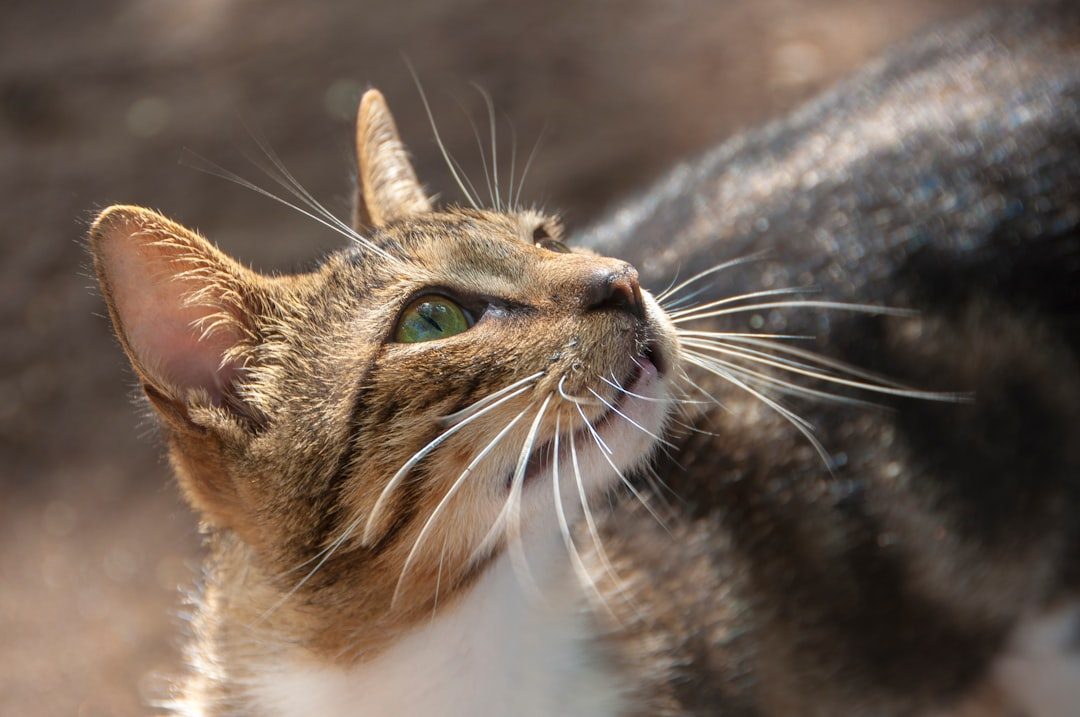
It is this movement that allows whiskers to communicate a cat’s mood. In a happy, contented, or relaxed cat, whiskers are in a neutral position slightly to the side. Those seemingly simple whiskers on your cat’s face are actually sophisticated mood indicators that most people completely overlook. Think of them as your cat’s emotional antennae, constantly adjusting their position based on what your feline friend is feeling.
When a cat’s interest is engaged, whiskers pull forward and fan out, and the mouth is closed with loose lips. Whiskers also fan out and move forward when a cat is hunting, whether in the wild or in your living room. This forward positioning shows your cat is fully engaged and alert to their surroundings, ready to process every bit of sensory information available.
As fear, anxiety, and stress (FAS) increase, whiskers begin to move slightly back. If FAS escalates, whiskers pull back further as ears move further to the side. When whiskers are flattened against your cat’s cheeks, it’s usually time to give them space and let them decompress on their own terms.
The Language of Slow Blinks and Eye Contact
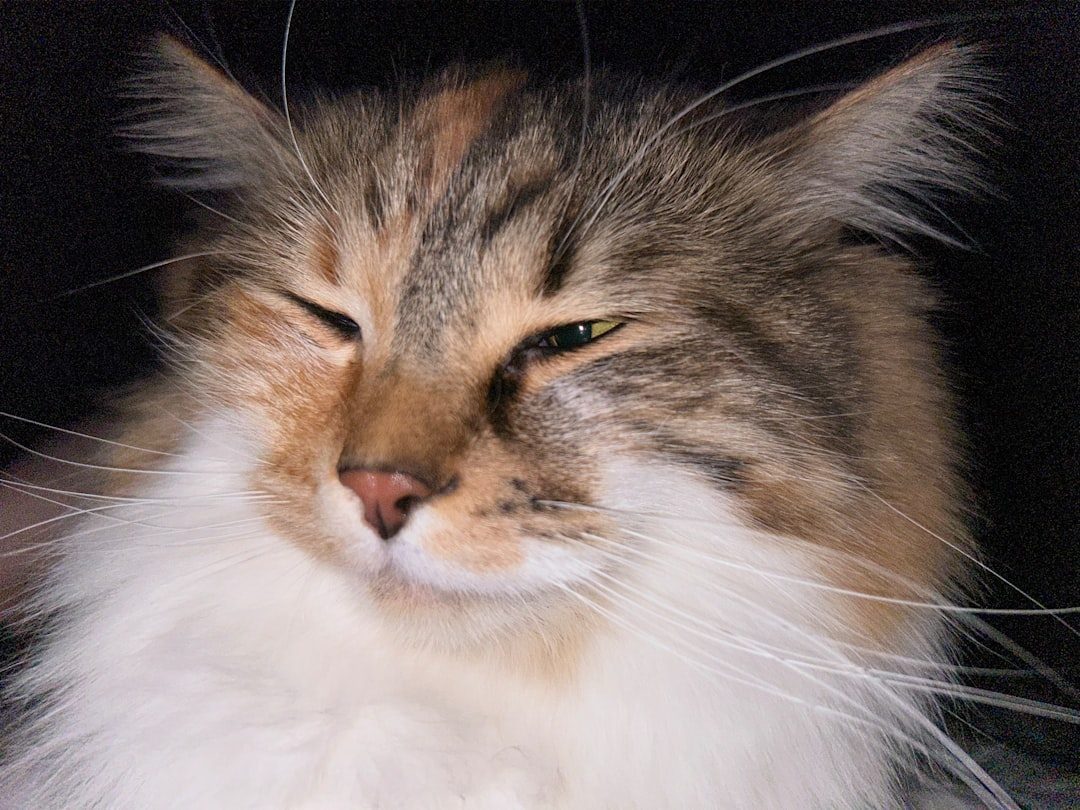
This non-verbal communication includes relaxed eyes and a slow blink. It’s equivalent to a calm, loving gaze. One of the most beautiful forms of cat communication is the slow blink, often called a “cat kiss” by those who understand its significance. When your cat looks at you and deliberately closes their eyes slowly, they’re offering you one of the highest compliments possible in feline society.
This behavior demonstrates complete trust, as closing their eyes makes them vulnerable. “When your cat is at ease, she may make eye contact,” and will hold the gaze for a while before looking away in a nonchalant manner or blinking softly.” You’ll often see this gentle, sometimes heavy-lidded look after your cat’s had a satisfying meal, or just before she drifts off to sleep. The beauty of this communication is that it’s reciprocal; you can slow blink back at your cat to return the sentiment.
Direct, unblinking stares carry a different message entirely in cat language. A direct, unblinking stare might be perceived as a challenge or aggression in certain situations. Understanding the difference between a loving gaze and an aggressive stare can help you navigate your interactions more successfully.
Scent Marking and Head Bonking Behavior
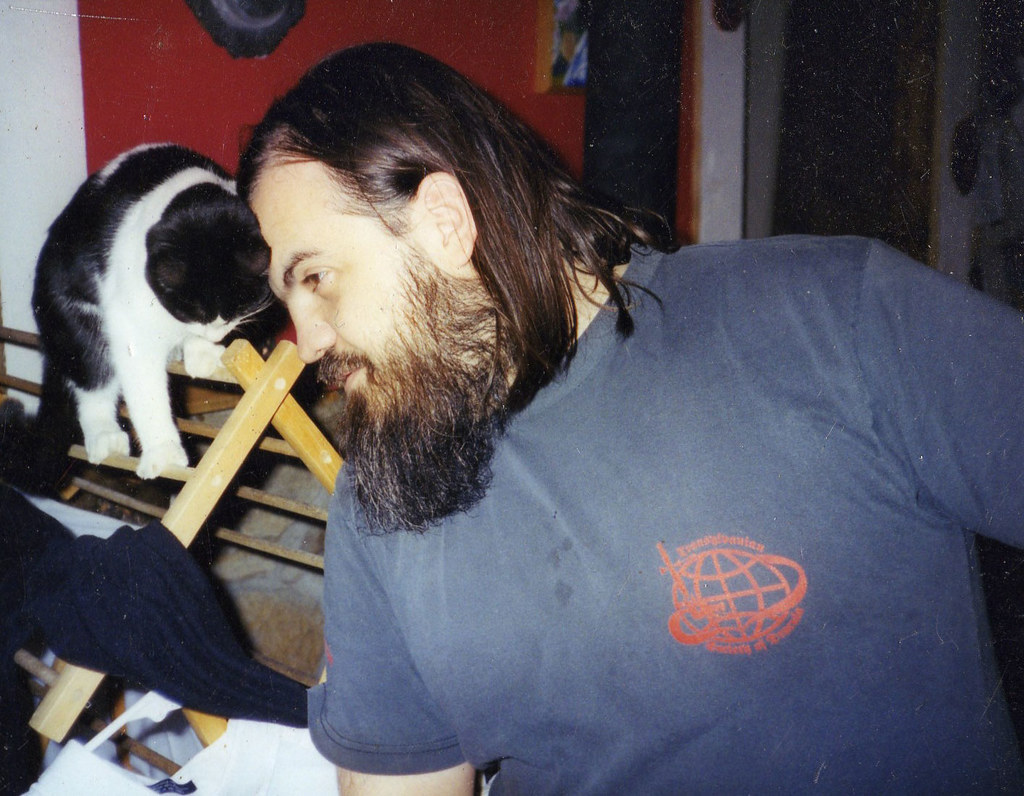
Headbutting, aka bunting, is one way cats show affection, greet, and mark their family. Leading with their heads, they bonk the people they love gently, smudging their scent along as they go. When your cat bumps their head against your leg, hand, or face, they’re not just being affectionate, they’re actually claiming you as part of their family through scent marking.
Certain areas of the skin are rich in these glands, such as beneath the chin, the sides of the mouth and cheeks, the sides of the forehead, the tail base and along the tail. When your cat rubs around your legs to greet you, they are doing the same as they would in greeting another cat by mutual rubbing of the face and body. This behavior creates a shared family scent that helps your cat feel secure and connected to you.
The fascinating aspect of this communication method is how it combines affection with practical territory management. Your cat isn’t just saying hello, they’re actively working to make you smell like home, which in the feline world is one of the ultimate expressions of acceptance and love.
The Art of Belly Display
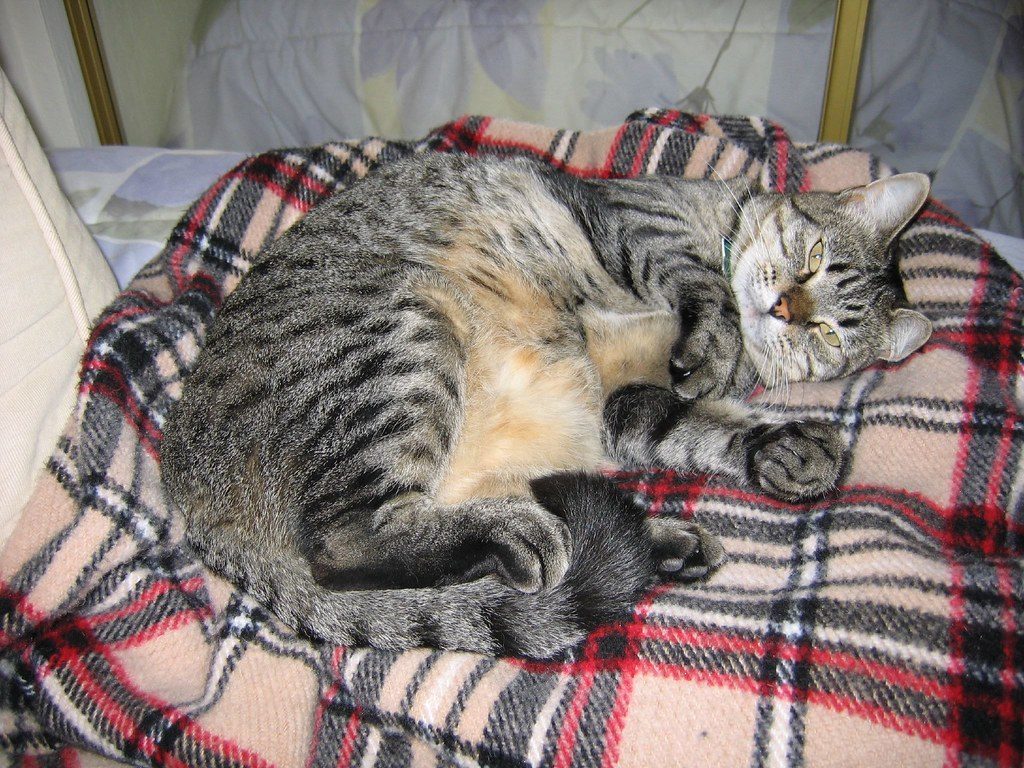
A cat that lies on the ground and exposes her belly is up to one of two tricks. In most instances, she takes on this vulnerable position to demonstrate the trust she feels in her pet parents, showing you that she knows that you know she lo The belly roll is perhaps one of the most misunderstood communications in the cat world, often leading to surprise scratches for well-meaning humans who interpret it as an invitation for belly rubs.
A cat’s rollover invites different interactions than a dog’s but can be an indicator your kitty wants your attention. A cat’s belly skin is thin and highly sensitive. For some cats, showing their belly doesn’t mean they want you to pet it, though. This display is actually your cat’s way of showing ultimate trust and vulnerability, not necessarily requesting physical contact in that sensitive area.
When your cat rolls over and shows their belly, they’re essentially saying they feel completely safe with you. It’s a profound compliment that should be appreciated for what it represents rather than automatically assumed to be an invitation for belly rubs that might result in defensive scratching.
Kneading as Emotional Expression
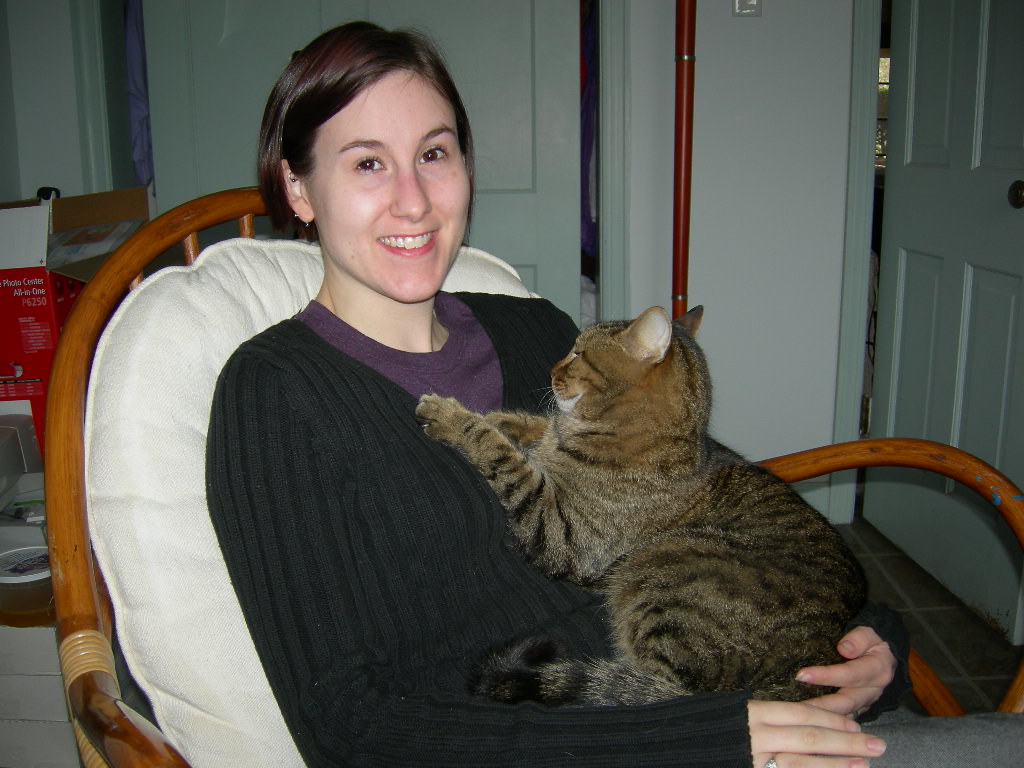
Kneading, or “making bread,” is a rhythmic paw movement that indicates happiness or contentment. It originates from kittenhood, where kittens knead to stimulate milk flow during nursing. When your adult cat performs this adorable behavior on your lap, a soft blanket, or even the air, they’re tapping into some of their most positive early memories and sharing that contentment with you.
Cats knead with their paws to show contentment, often stemming from kittenhood when they kneaded their mother’s belly to stimulate milk flow. This behavior often comes with purring and a dreamy, half-closed eye expression that makes it clear your cat is in their happy place. Some cats become so relaxed during kneading sessions that they begin drooling slightly, which is actually another sign of extreme contentment.
The rhythmic nature of kneading seems to be self-soothing for cats, helping them process stress and reconnect with feelings of safety and love. When your cat chooses you as their kneading surface, they’re essentially saying you remind them of the comfort and security they felt as a kitten with their mother.
Ear Position and Movement Signals

A happy cat will have ears that are erect and facing forwards and whiskers pointing directly outwards. Your cat’s ears are incredibly expressive and mobile, capable of swiveling independently to track sounds while simultaneously communicating their emotional state. Forward-facing ears typically indicate a cat who is alert, interested, and comfortable with their current situation.
In cats who are experiencing an increasing level of fear, anxiety, or stress, their ears might be tucked back on their head or held low and rotated to the sides (aka “airplane ears”). Their head will fall at or below the level of their shoulders, and their breathing might become very fast. These “airplane ears” are a clear signal that your cat needs space and time to decompress.
Ears held flat against the head indicate fear or aggression, while forward-facing ears suggest curiosity or engagement. Whiskers pulled back indicate fear or uncertainty. Learning to read ear position in combination with other body language signals helps you understand whether your cat wants interaction or prefers to be left alone.
Body Posture and Positioning
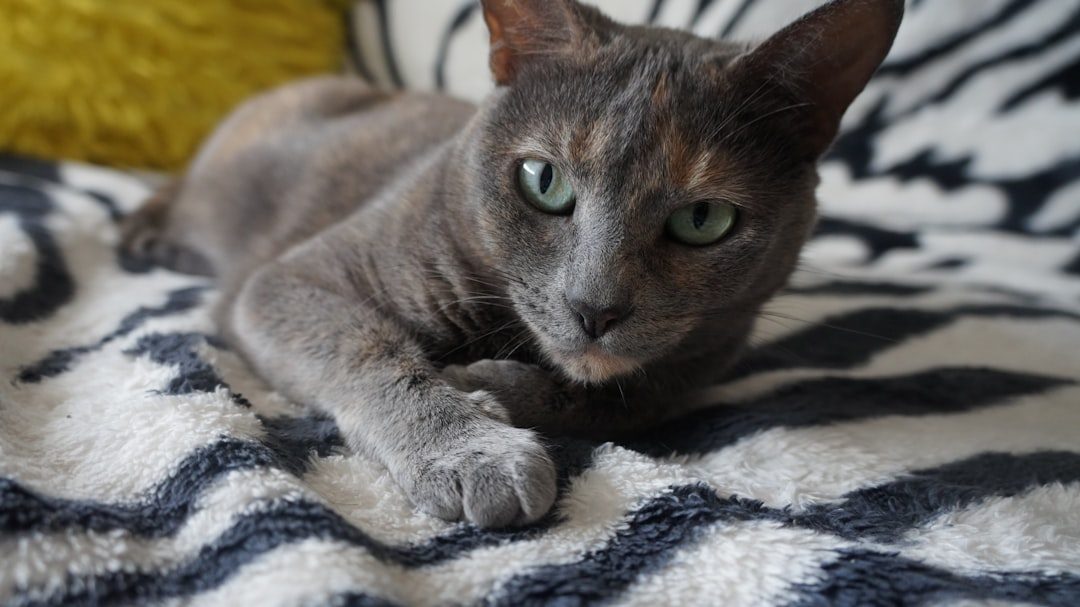
Cats who are relaxed will have loose, fluid body movements, and their breathing will be slow and steady. They might fold their feet in front of themselves, stretch their feet way out in front, or slouch over the side of a perch. The way your cat positions their entire body tells a complete story about their comfort level and intentions.
Typically, the higher a cat carries itself, the more confident they are, though a hunting cat will crouch before an attack, both to hide and to build momentum for the strike. A confident cat walks with purpose, head held high, and moves through their territory with obvious ownership of the space.
These cats might hold their legs underneath them in a crouched position or flatten their body to the ground. Conversely, a stressed or fearful cat will make themselves as small as possible, tucking paws and tail close to their body and keeping their profile low. Recognizing these posture differences helps you adjust your approach accordingly.
Grooming Rituals and Social Bonding
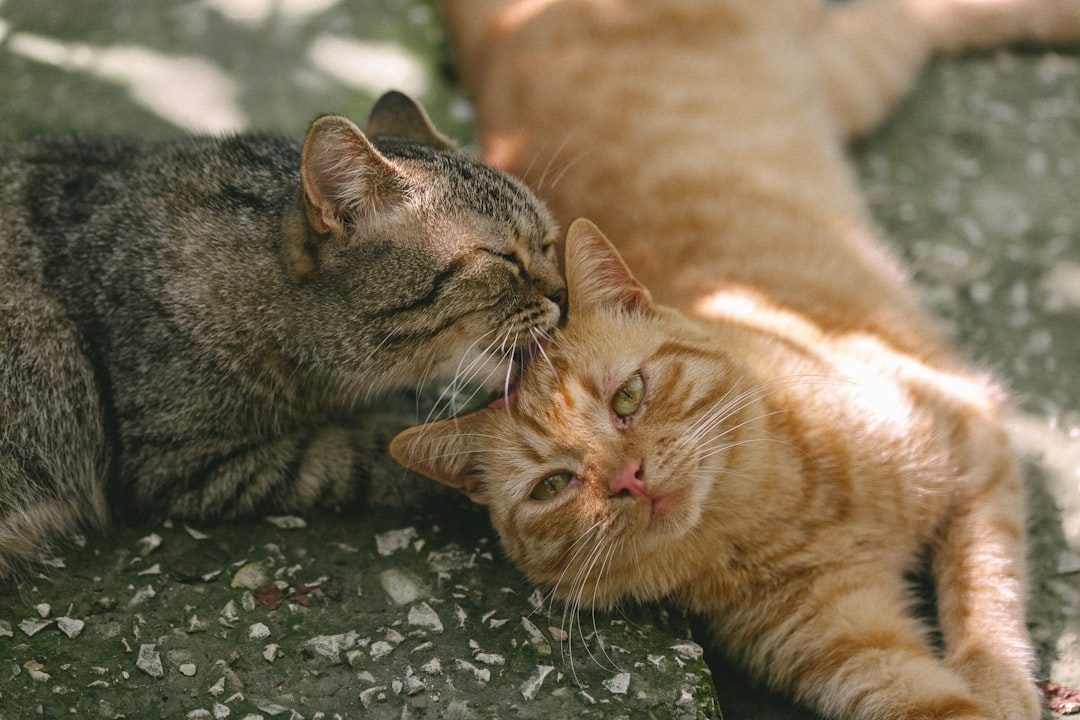
Cats also use their tongue to communicate with other cats through allogrooming, where they lick each other’s fur around the face, head, and neck. Your cat may show affection by licking your face or head. When your cat licks you with that sandpaper tongue, they’re engaging in one of the most intimate forms of feline social behavior.
Common forms of tactile (touch) communication include allorubbing (two cats rubbing their bodies against each other – often around the mouth/cheek area, but also along the body and tail), allogrooming (two cats grooming each other), nose touching, and resting/curling up together. This grooming behavior serves multiple purposes: it strengthens social bonds, exchanges scents, and shows care and affection.
When your cat grooms you, they’re essentially adopting you into their family structure and treating you as they would a favored family member. It’s a sign that they view you as worthy of their care and attention, which in cat society is a significant honor that shouldn’t be taken lightly.
Purring Beyond Contentment
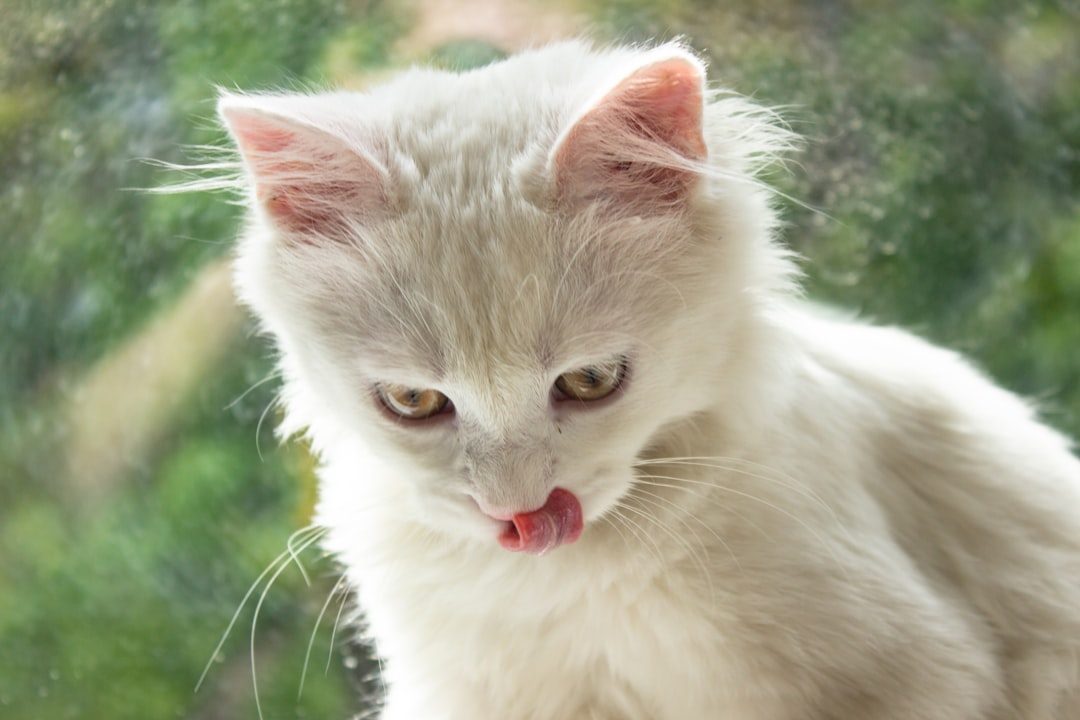
Cats purr when they are happy, but they may also purr when feeling unwell or stressed. Some cats who have spent a lot of time on the defense and in stressful situations before being rescued may not purr, but it does not necessarily mean they’re not happy. While most people associate purring exclusively with happiness, this complex vocalization actually serves multiple communication purposes.
Purring can communicate peaceful intentions to avoid conflict, especially when a cat is approaching another cat. The vibrations of purring may also serve a self-soothing function, helping cats calm themselves during stressful situations or even potentially aiding in healing and pain management.
A loud purr often indicates contentment, but it can also be a sign of pain or discomfort. Pay attention to your cat’s overall behavior and body language to understand the context of their purring. Learning to distinguish between different types of purring requires observation of accompanying body language and environmental context.
Sleeping Positions as Communication
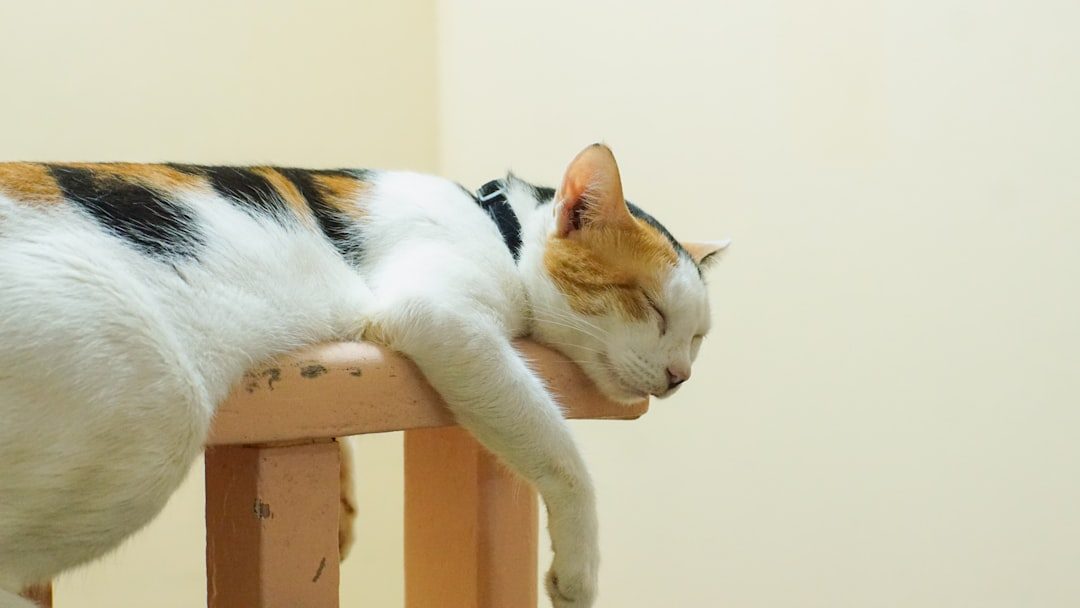
The way your cat chooses to sleep communicates volumes about their comfort level, security, and relationship with their environment. A cat who sleeps sprawled out on their back with their belly exposed is demonstrating complete trust in their safety, while a cat who sleeps curled up in a tight ball may be conserving body heat or feeling slightly insecure.
If your cat is sleeping with their tail tucked around them, this means ‘leave me alone’. And if they hunch their body with their legs tucked under, this may be a sick cat The location your cat chooses for sleep also sends messages about their territorial feelings and social bonds.
When your cat chooses to sleep on your bed, favorite chair, or even on your keyboard while you’re trying to work, they’re making territorial and social statements. These sleeping choices reflect their desire to be close to your scent, to claim important areas, and to maintain their connection with you even during vulnerable sleep time.
Understanding these ten silent communication methods transforms your daily interactions with your cat from guesswork into genuine conversation. Your feline friend has been speaking to you all along through tail positions, whisker movements, and body language. The more you practice reading these subtle signals, the stronger your bond becomes and the better you can meet your cat’s needs before they resort to demanding vocalizations. What do you think about it? Tell us in the comments about the silent conversations you’ve discovered with your own feline companion.





